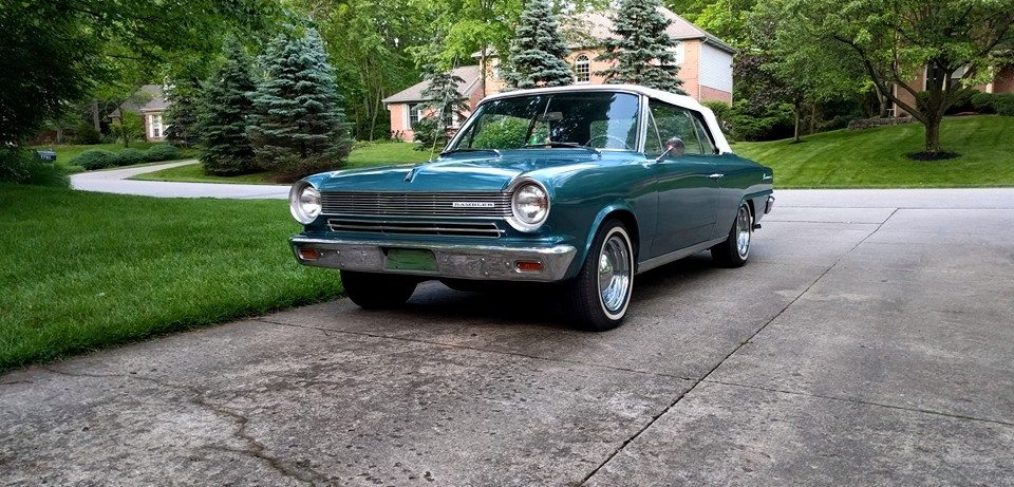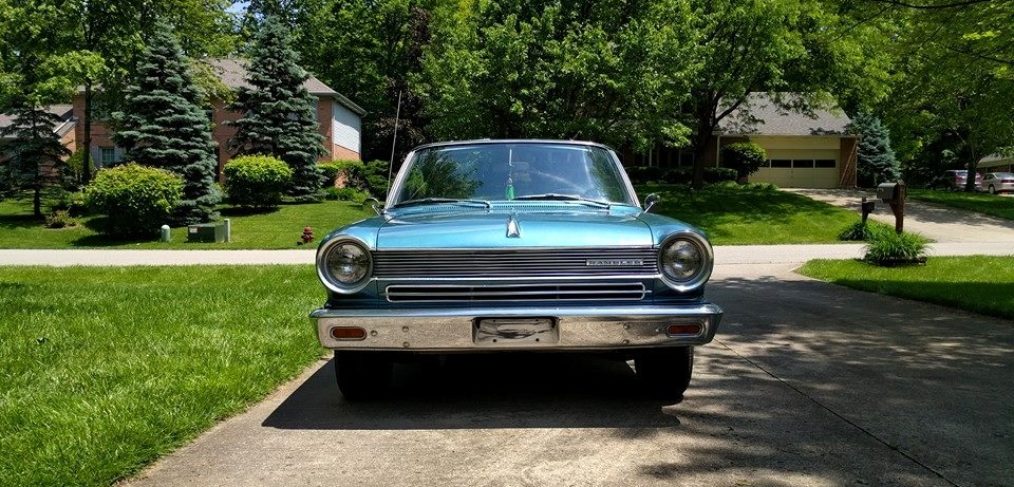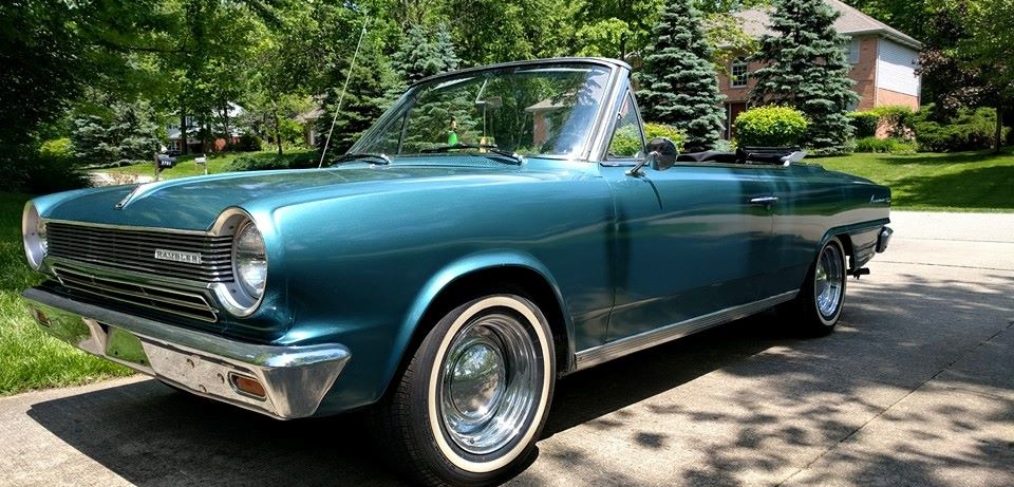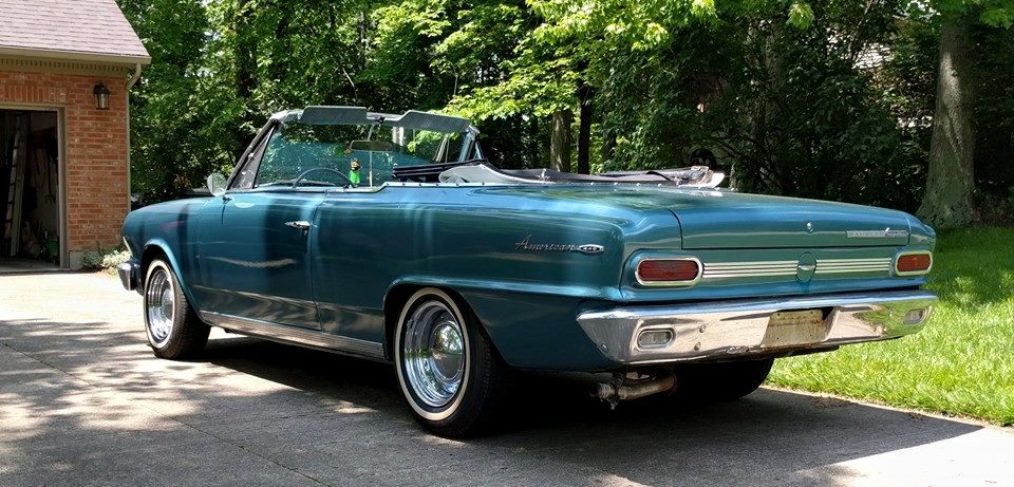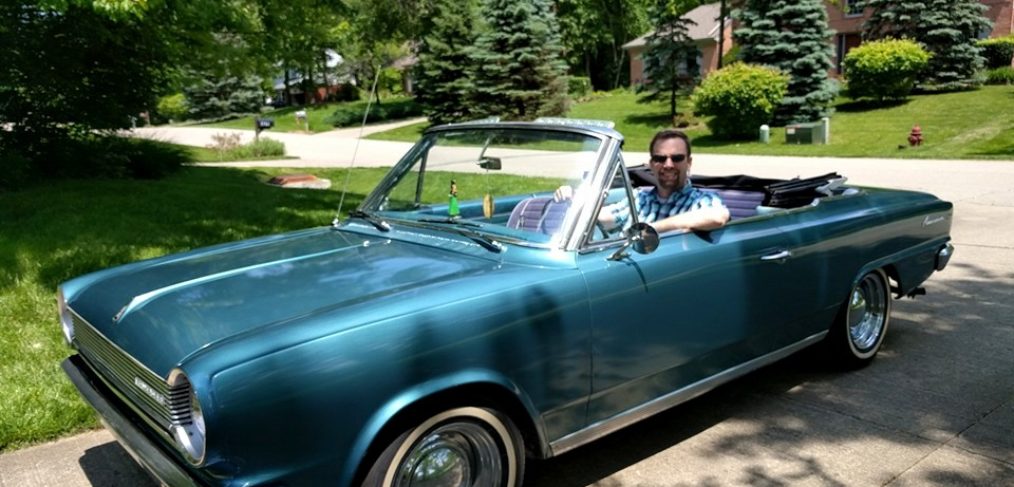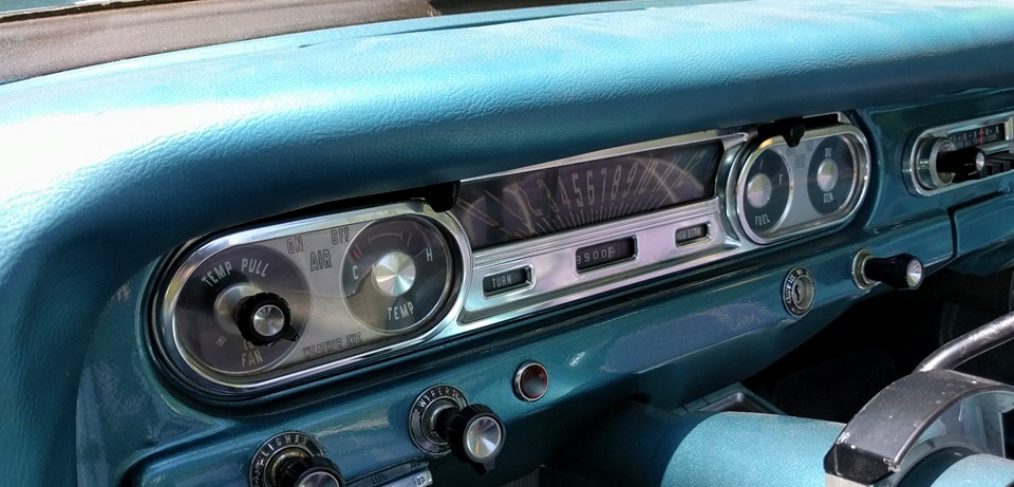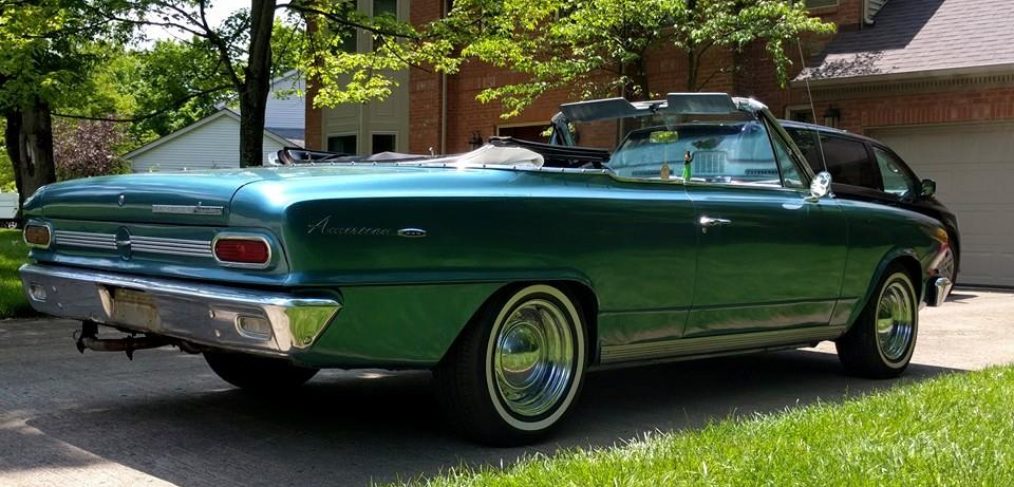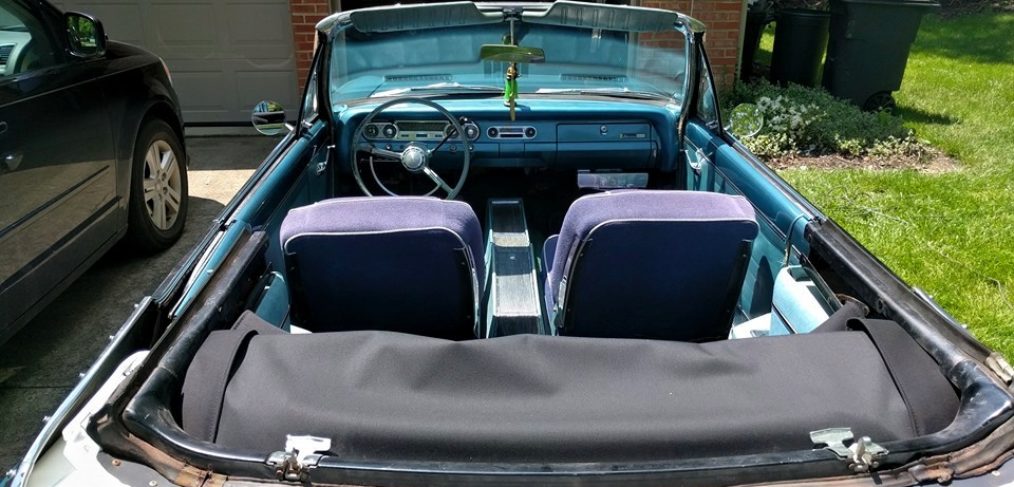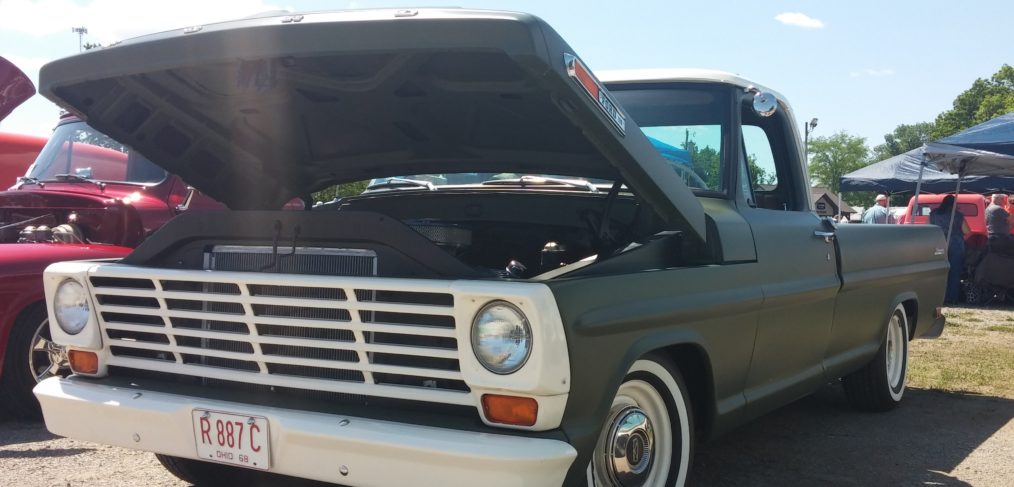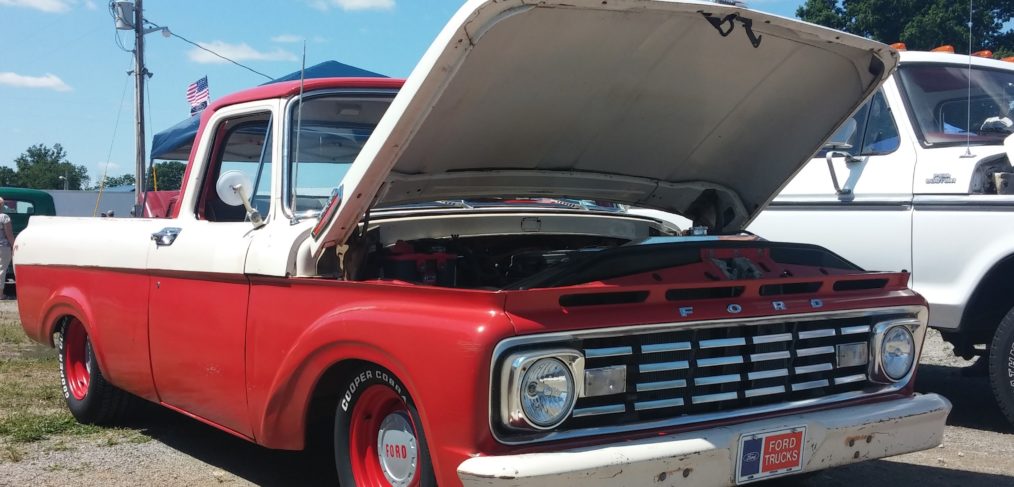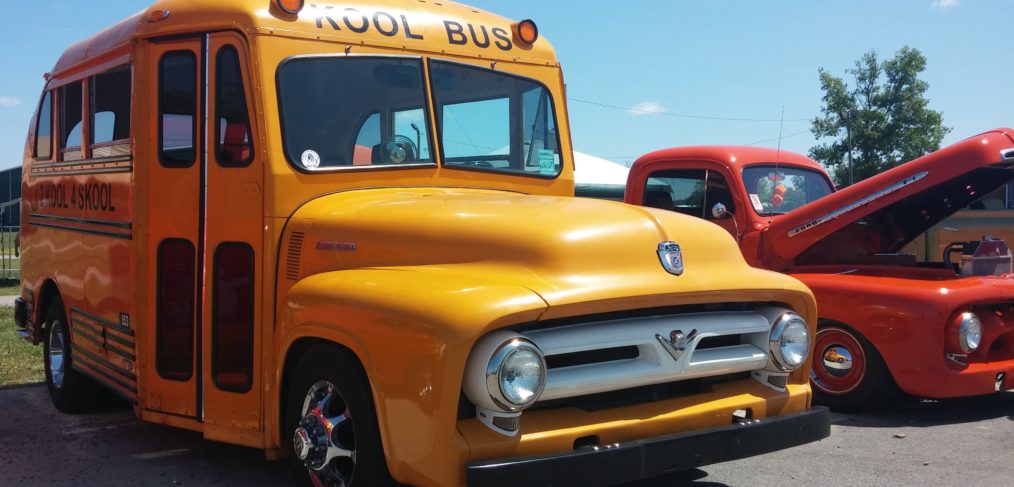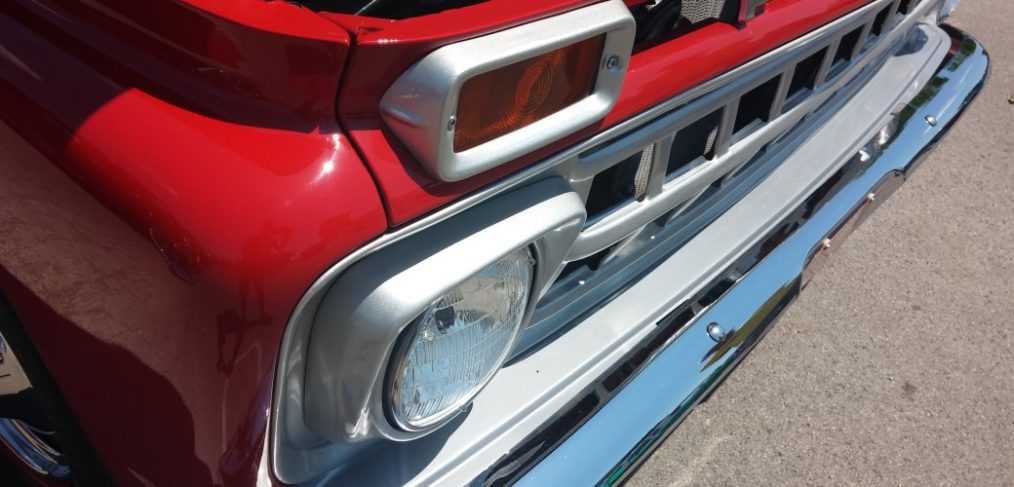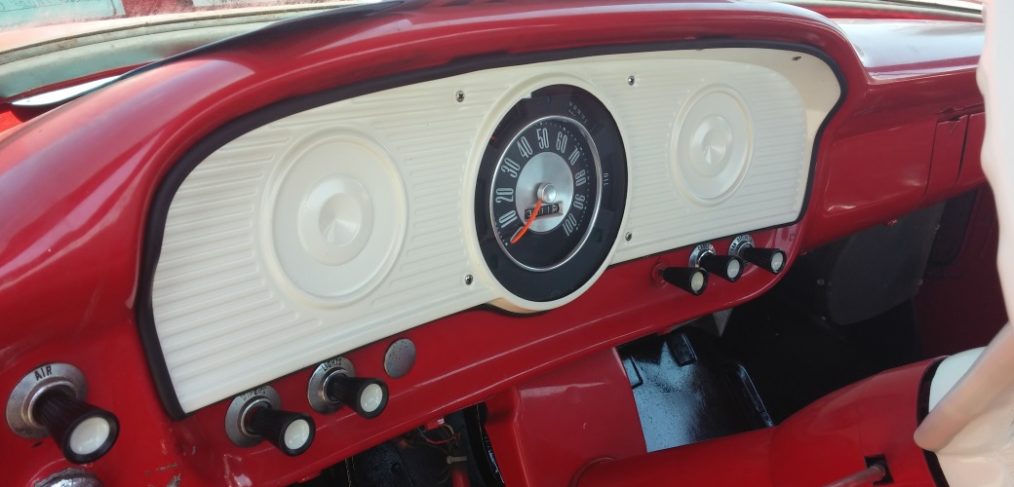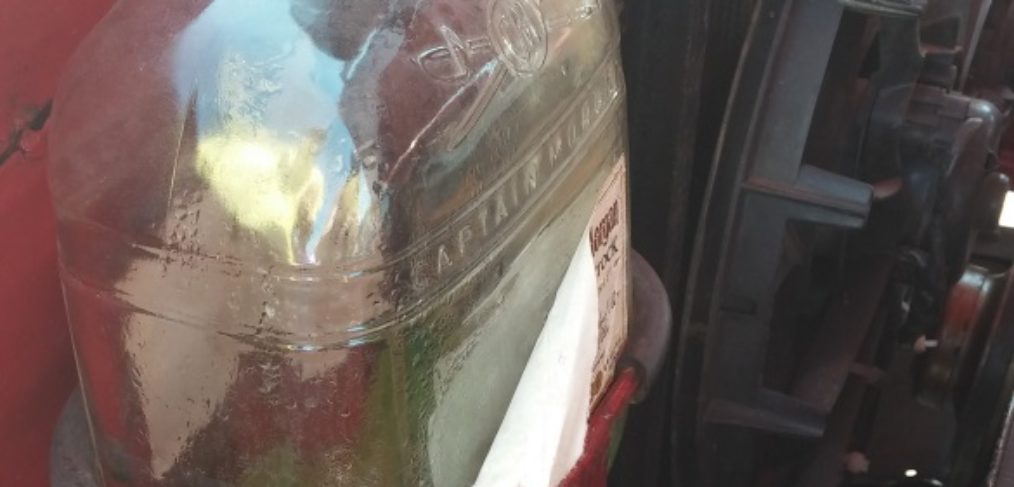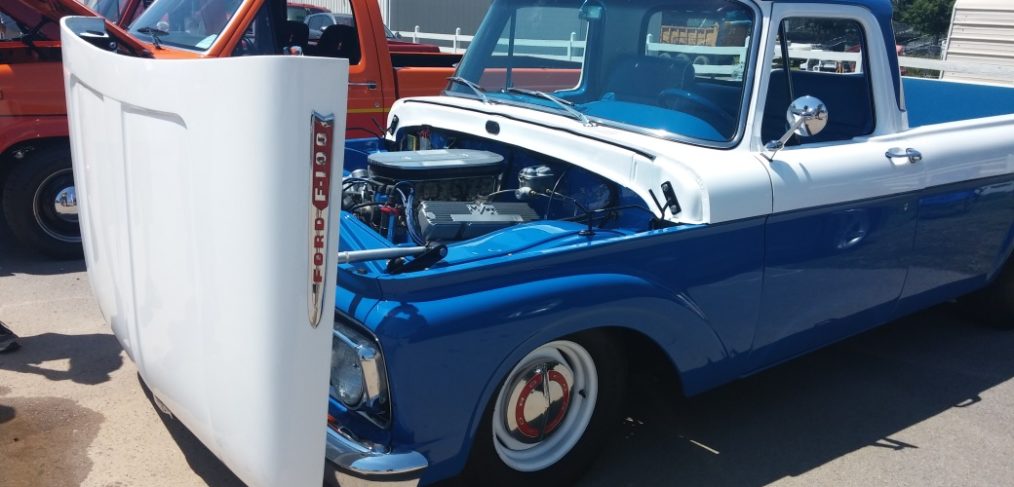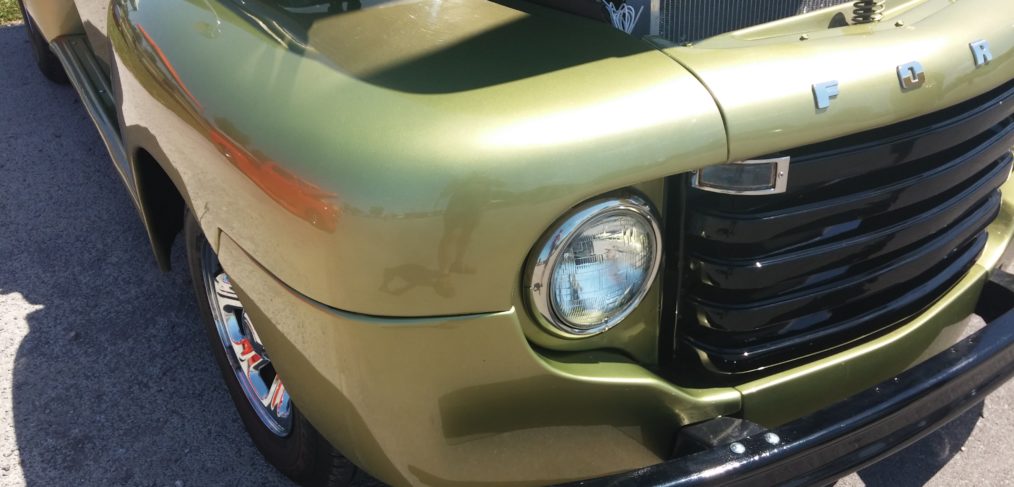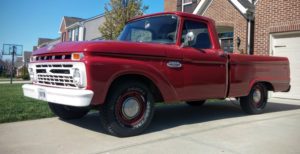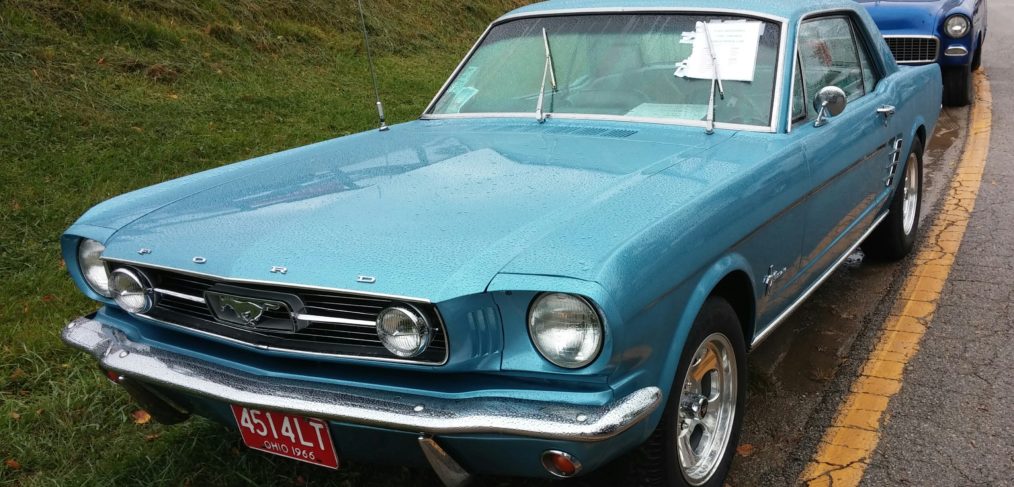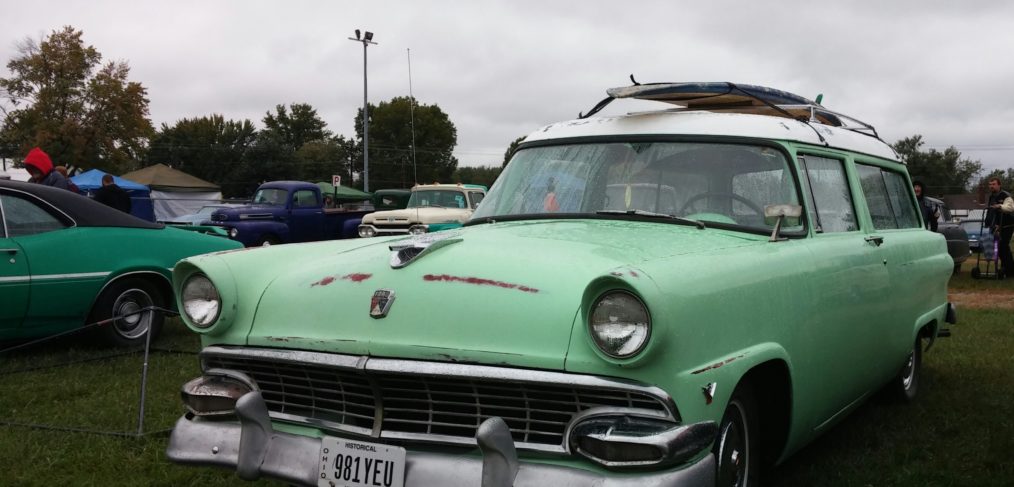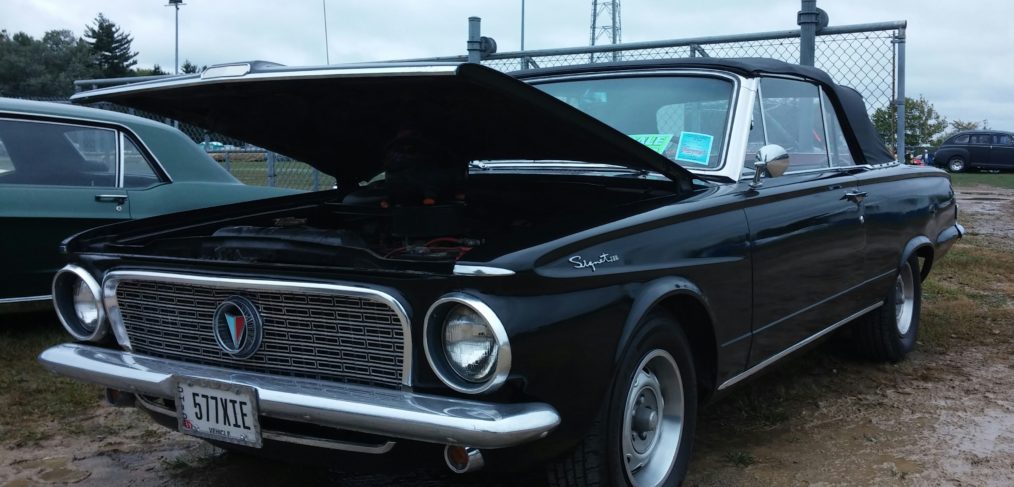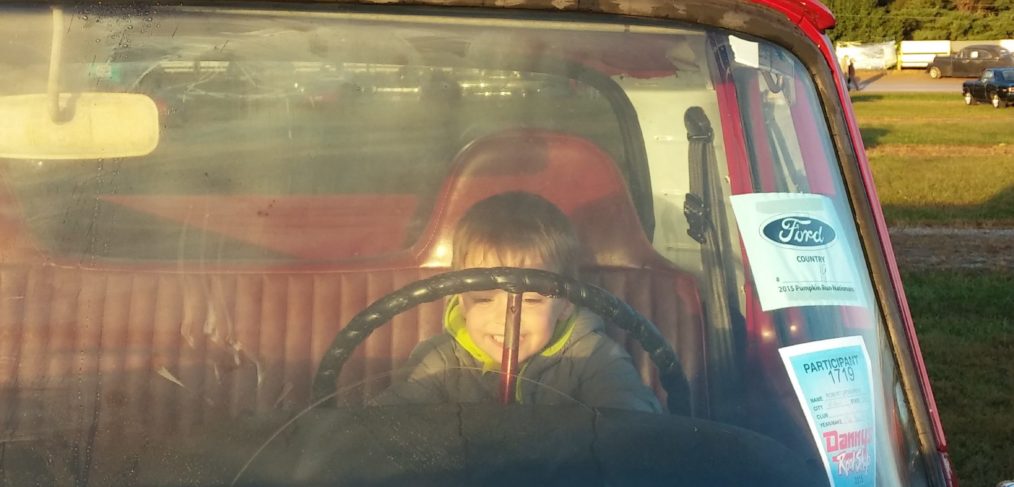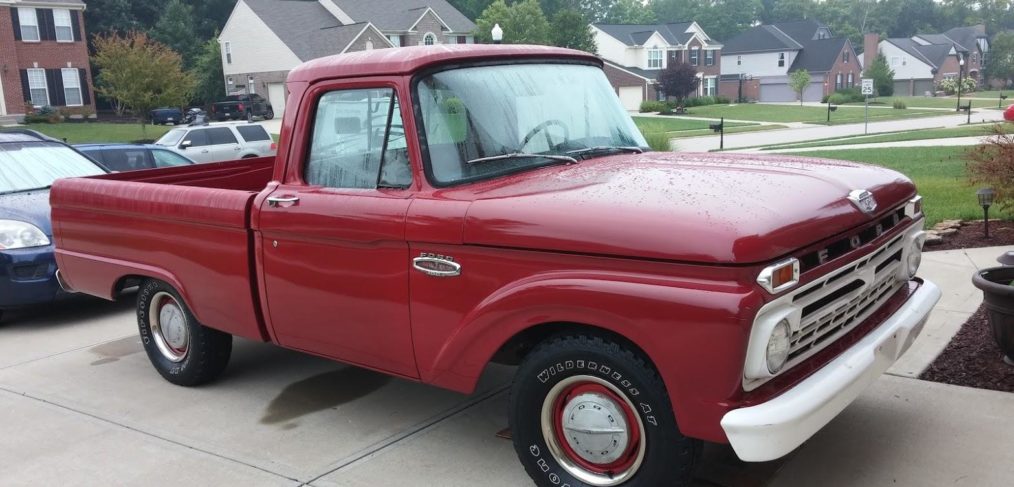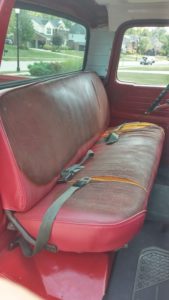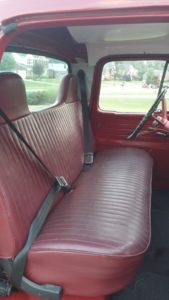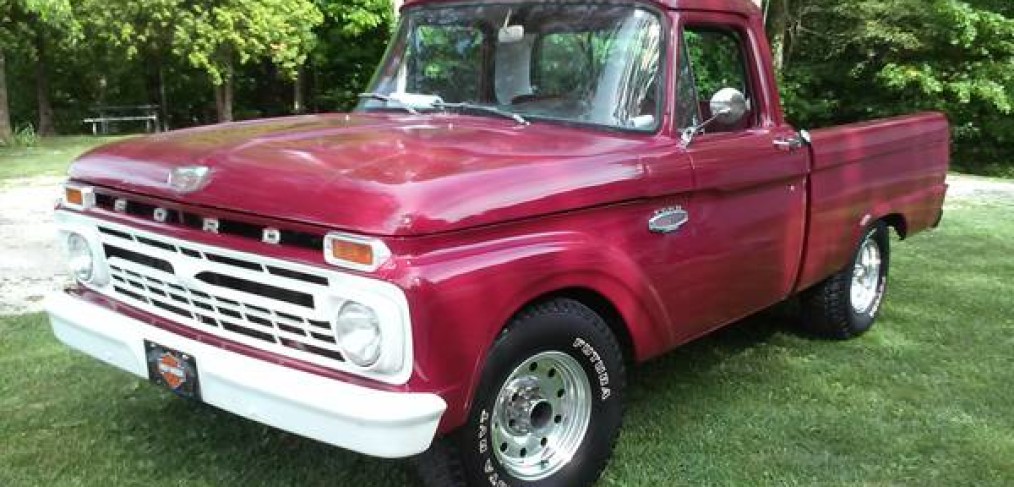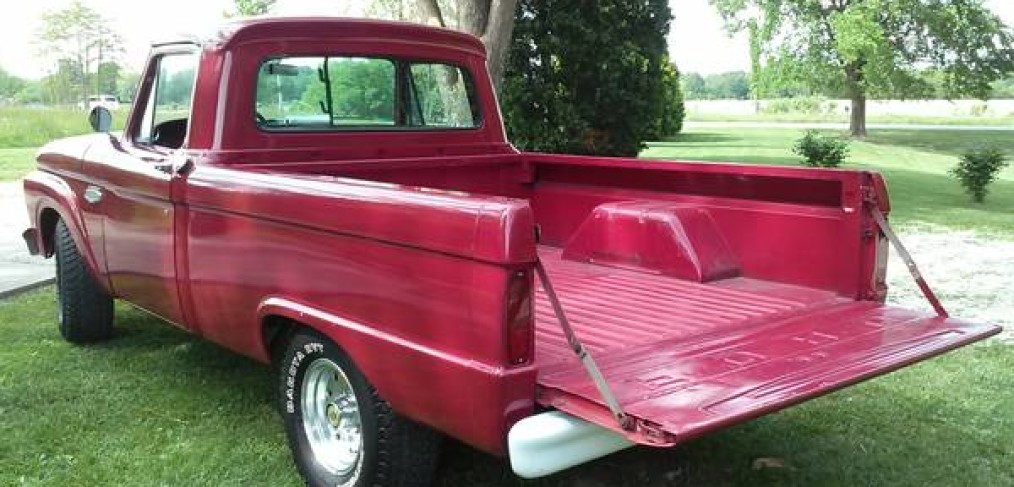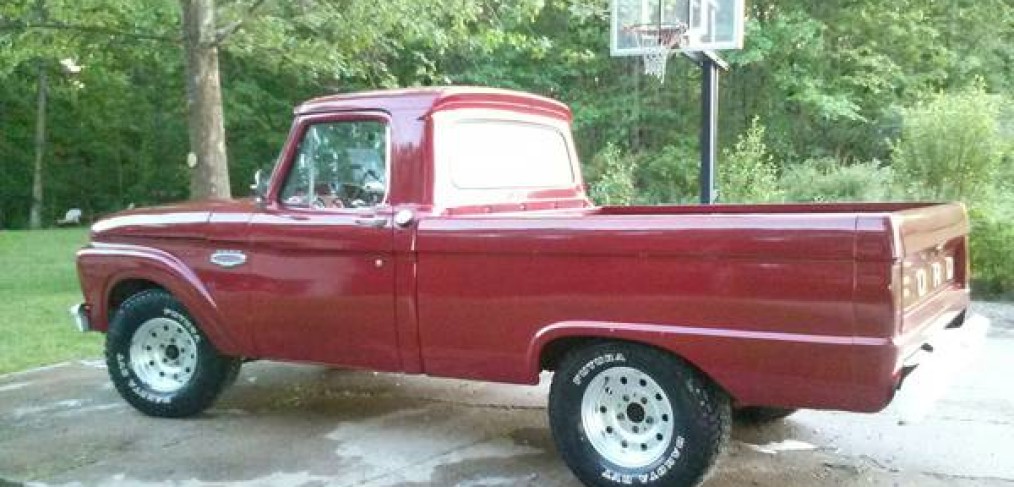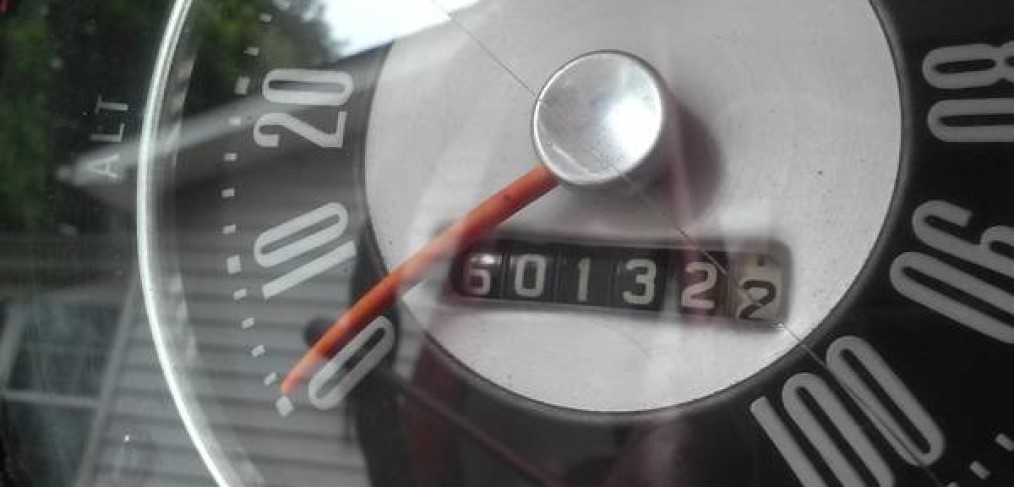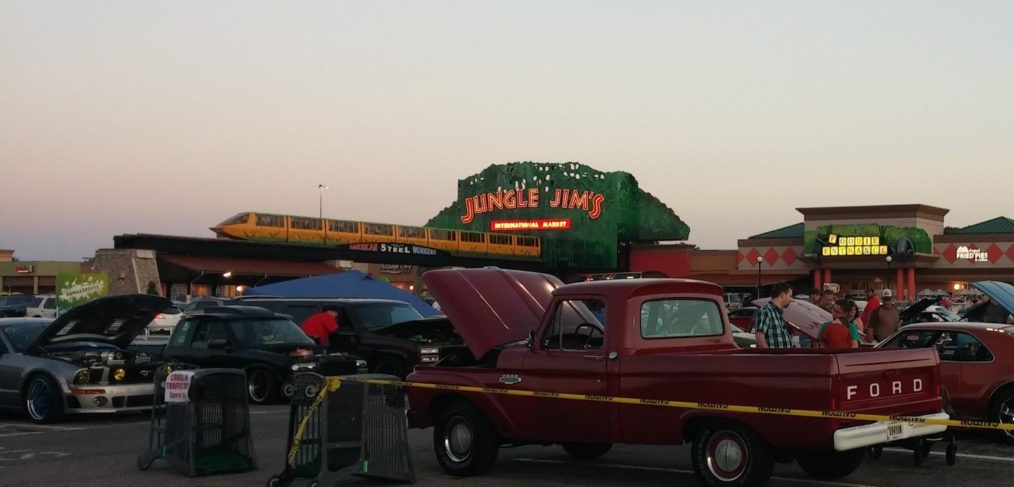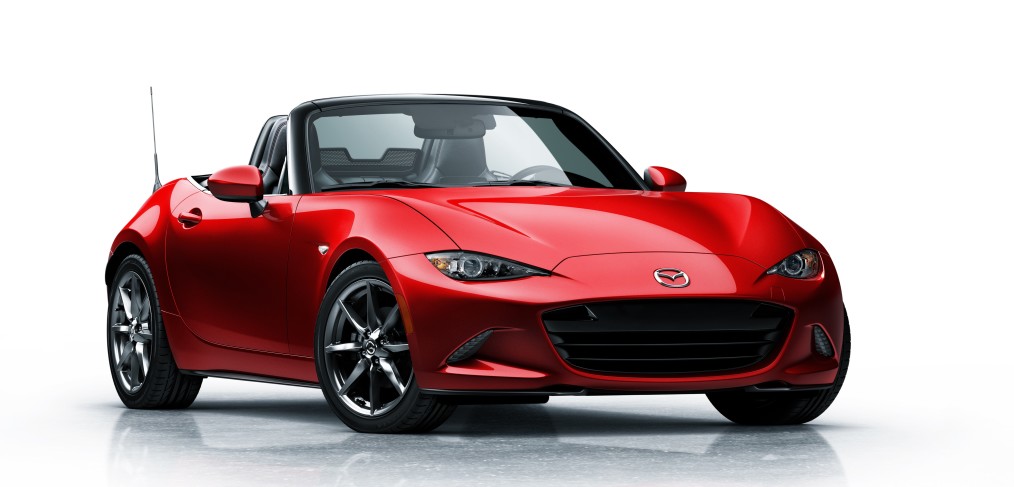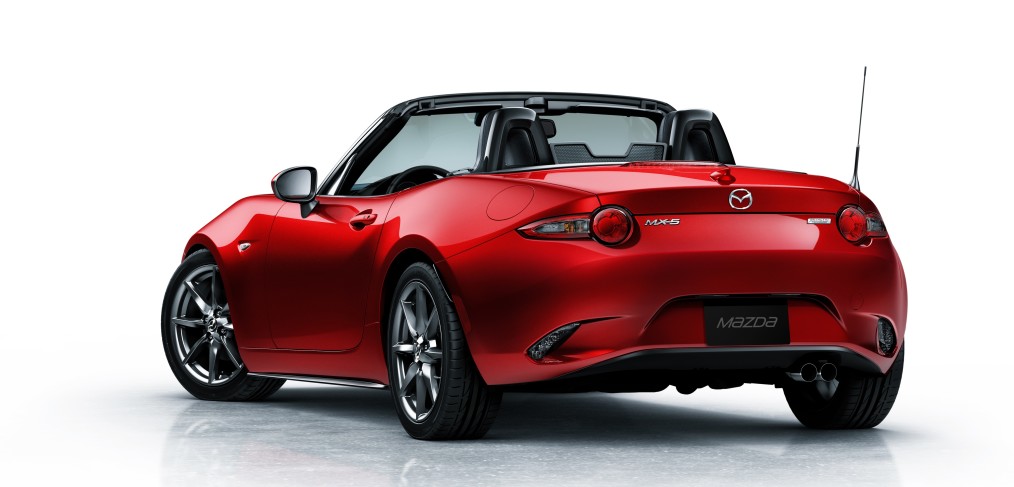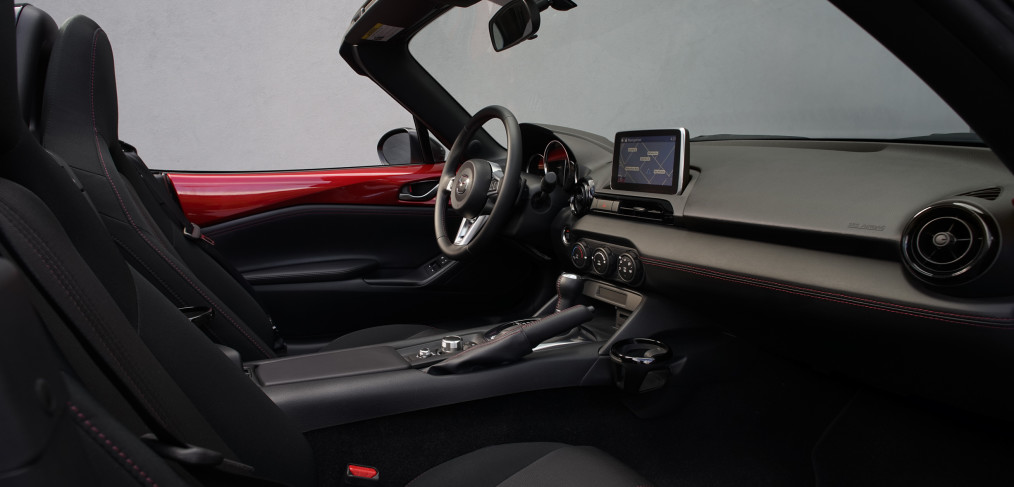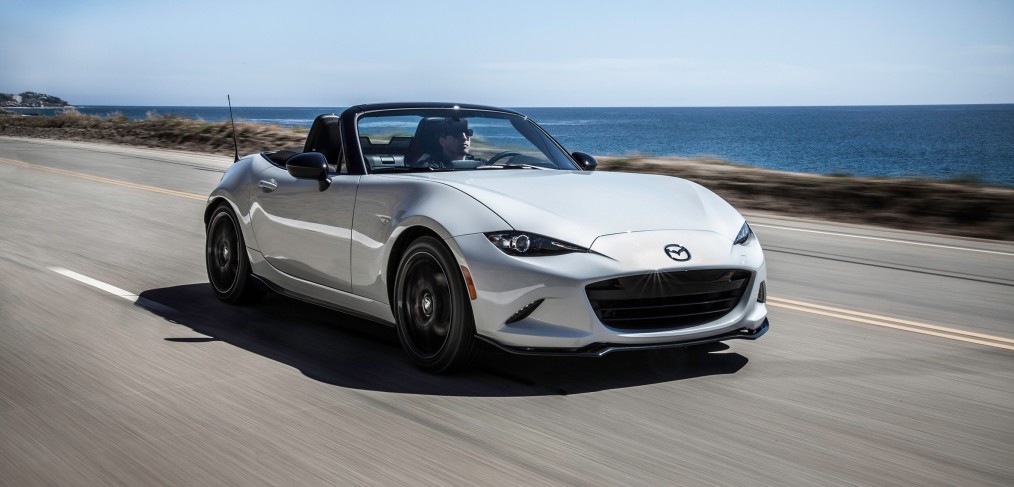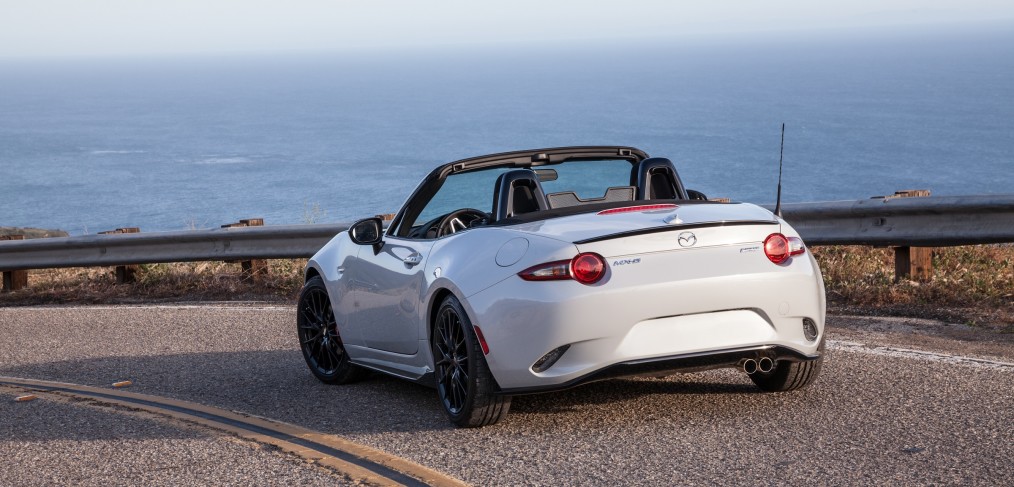Last weekend, I was performing my normal craigslist search of all cars from 1955 to 1971, when a little Rambler convertible caught my eye. The AMC Rambler was one of the smallest, most affordable, and most fuel efficient cars in 1964 and it drew me in with it’s clean design. The original craigslist post only had 4 pictures that were kind of far away, but it looked good enough from a distance to contact the owner. After a flurry of texts back and forth about the condition of the car and where it could be seen, I contacted my friend Rob who I helped drive to pickup his 1966 Ford F100. He was available to drive me to check the car over.
I prepped with a mad flurry of research on the car, including valuation and history. The ’64 Rambler American was the first year for the third generation. It sported a redesigned look courtesy of designer Richard A. Teague. The wheelbase was extended by six inches vs the outgoing model. The car still sported an inline 6 cylinder engine. The car seemed interesting with the research and I was looking forward to checking out the car.
Upon arriving, the car had a great exterior presence. It just exuded a “buy me” vibe. I spoke with the owner around the history of the car. It was originally an Indianapolis car that had gone through an unknown number of owners, but he had owned it for 10 years. He had the original sticker for the car and some supporting documentation. We walked around the car discussing some of the items that did need work. The fuel gauge and temperature gauges didn’t function. The original windshield wipers had stopped functioning and the vacuum powered controller needed rebuilt. The interior was in slightly dated shape with the seats looking like they were last updated in the 70s with fabric. We went for a test drive in the rambler and I got to experience the wind in my hair. The lack of power steering is an interesting driving dynamic vs more modern cars. I really liked the car, but wasn’t in love with it for the price. After some negotiation with the owner, we reached a deal and the car would be mine.
Links:
Wikipedia: https://en.wikipedia.org/wiki/Rambler_American
AMC Forum: http://theamcforum.com/
Parts:
http://www.ramblerparts.com/
http://www.kennedyamerican.com/
http://www.amcstore.com/catalog.htm

